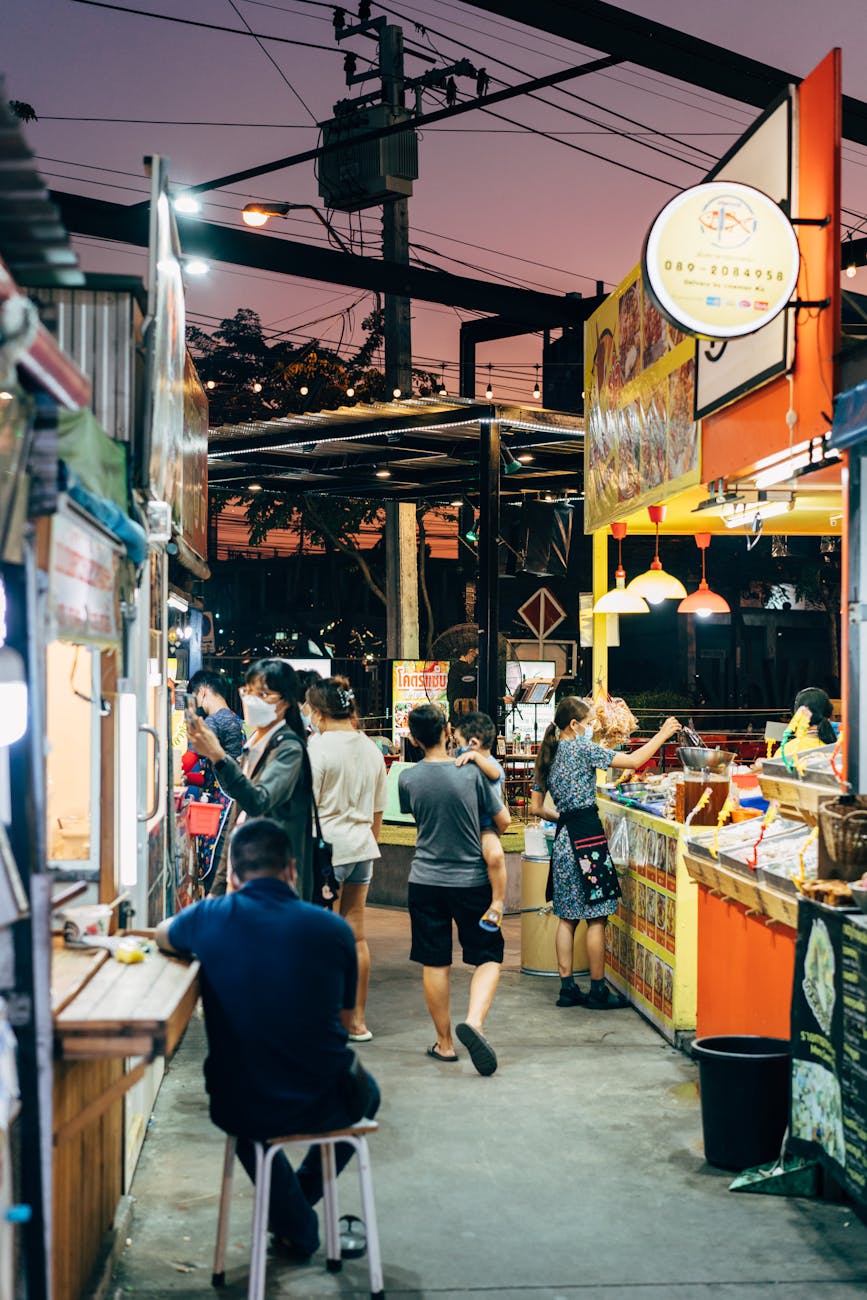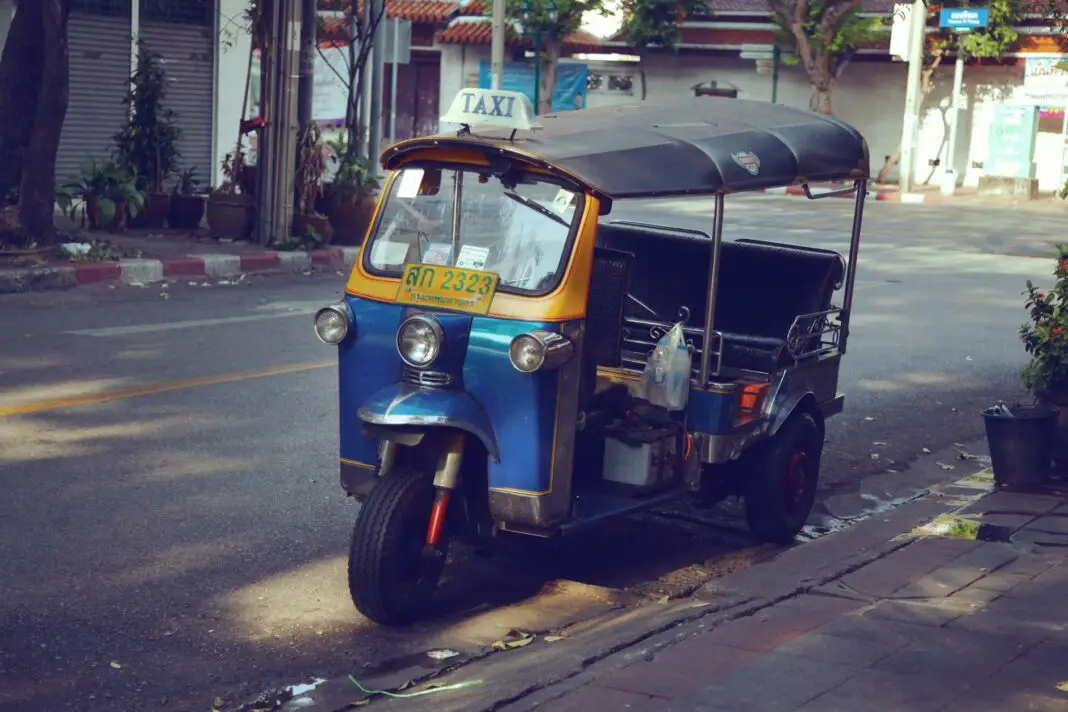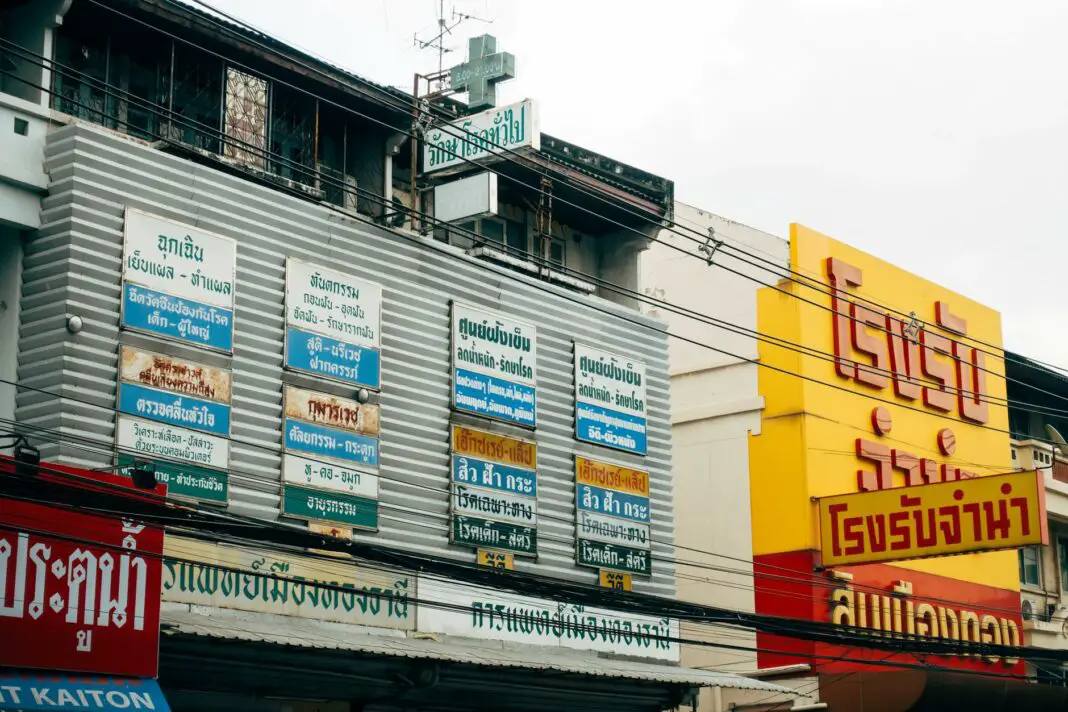Thailand, a land of breathtaking landscapes, vibrant cultures, and tantalizing flavors, beckons adventurous souls eager to uncover its hidden treasures. Those who venture beyond the usual tourist trails will find that a trip to Thailand is not merely about visiting stunning temples or basking on pristine beaches. Instead, it is an immersive experience, enriched by the country’s rich tapestry of dialects that offer deep insights into the local way of life. This blog post explores how understanding Thai dialects can transform your travel experience, revealing the untold stories and secrets that only local speakers can offer. Dive in to discover how language can enhance your journey in this captivating country.
As you prepare for an unforgettable trip to Thailand, ask yourself: Are you ready to unlock the secrets that lie within its various dialects? From the lyrical sounds of Central Thai to the melodic tones of Northern Thai or the distinctiveness of Southern Thai, each dialect weaves a story of its own. They carry nuances and meanings that deepen your connection with the locals and enhance your travel experience. Join us as we explore the fascinating world of Thai dialects, the cultural significance they carry, and how you can leverage this knowledge to embark on a journey that’s truly exceptional.
Table of Contents
- Overview of Thai Dialects
- Central Thai Dialect
- Northern Thai Dialect
- Northeastern Thai Dialect
- Southern Thai Dialect
- The Cultural Significance of Dialects
- Travel Tips for Engaging with Dialects
- Final Thoughts on Your Journey
- Frequently Asked Questions
Overview of Thai Dialects
Thai dialects, often referred to as regional languages, illustrate the diverse cultural and historical fabric of Thailand. While Central Thai is the official language, the country boasts a range of dialects that vary dramatically in tone, pronunciation, and vocabulary, contributing to the rich linguistic heritage. These dialects not only reflect geographical distinctions but also hint at the varying customs, traditions, and lifestyles of the Thai people scattered across the country. Understanding these dialects can serve as a bridge to engaging more deeply with the local communities you encounter throughout your travels.
Central Thai Dialect
The Central Thai dialect, also known as Bangkok Thai, acts as the lingua franca of the nation, widely spoken in urban settings and used in media, education, and government. Its prevalence makes it the most accessible for outsiders, providing a basic framework for communication during your travels. However, grasping its subtleties—such as the tonal nature of the language—can elevate your interactions with locals, transforming simple exchanges into memorable connections that illuminate insights about Thai culture. This dialect serves as a gateway to deeper conversations, whether you’re ordering a delicious meal at a street vendor or bargaining for souvenirs in bustling markets.
Northern Thai Dialect
When exploring the picturesque mountains and vibrant culture of Northern Thailand, engaging with the Northern Thai dialect can enchant your experience. This dialect, rich in history and cultural significance, boasts unique vocabulary and expressions that differ notably from Central Thai. By learning a few basic phrases, you foster connections with the welcoming local people who share their stories, traditions, and even legends unique to the region. The beautiful melodies of Northern Thai can sometimes feel like a song, drawing you into the heart of the area and allowing for genuine, heartfelt engagements. Cherish every moment as you practice this endearing dialect during your adventure.
Northeastern Thai Dialect
In Isan, the northeastern region of Thailand, the local dialect, often referred to as Lao or Isan, is an integral part of everyday life. It holds a treasure trove of colorful expressions, local idioms, and, most importantly, a warm sense of community. Connecting with this dialect offers you more than just language; rather, it opens the door to the captivating rhythm of rural life and playful interactions at festivals and markets. Sharing a laugh with locals while trying to communicate in Isan enhances your memories and reinforces the feeling of belonging. It’s here that you learn that language truly connects hearts.
Southern Thai Dialect
The Southern Thai dialect is an intriguing swirl of sounds and meanings, deeply rooted in the region’s culture and history. Its charming inflections can be both melodic and challenging for non-native speakers. By immersing yourself in the Southern Thai dialect during a visit to breathtaking beaches and vibrant fishing communities, you uncover a whole new perspective of the region’s unique identity. Engaging with locals in Southern Thai strengthens relationships and fosters a genuine interest in their customs, cuisine, and lifestyle. You will find that embracing the local flavor of language goes beyond simple communication; it’s an adventure in cultural exploration.
The Cultural Significance of Dialects
Each Thai dialect carries its own cultural nuances and intricacies, acting as a window into the diverse Thai identities residing within the nation. Gaining familiarity with these dialects not only enriches personal interactions but also enhances your understanding of historical narratives and social dynamics across Thailand. As each region boasts its traditions, folktales, and local etiquette shaped by language, you instantly awaken appreciation for the cultural depth surrounding you. This cultural tapestry fosters a profound respect for the cherished heritage of the Thai people, making your journey all the more rewarding.
Travel Tips for Engaging with Dialects
Engaging effectively with different Thai dialects requires a blend of curiosity, respect, and a willingness to step beyond the surface. Start with simple greetings, basic phrases, and key vocabulary to express appreciation and gratitude. Locals often respond positively to attempts to communicate in their dialects, which encourages a friendlier exchange and encourages them to share stories or insights about the region. Participating in local events or festivals provides an excellent opportunity to reinforce your language skills while celebrating vibrant cultural expressions firsthand. Moreover, it creates a sense of belonging, bridging the gap between visitors and local communities.
Embark on Your Thai Adventure
Your trip to Thailand will undoubtedly become more unforgettable when you choose to embrace its rich tapestry of dialects, allowing you to forge meaningful connections and uncover deeper cultural narratives. By unlocking the secrets of language, you gain access to a world filled with stories waiting to be told. So, prepare to immerse yourself in Thailand’s linguistic diversity and let it guide you through enchanting landscapes and vibrant communities. Ultimately, your journey will exceed merely visiting places; it will evolve into a transformative experience, one where language illuminates every step of the way.
Frequently Asked Questions
- What is the most widely spoken dialect in Thailand?
Central Thai is the most widely spoken dialect across Thailand, commonly used in education, media, and government. - Why should I learn some local dialects before my trip?
Learning local dialects enhances your travel experience by enabling deeper connections with locals and an understanding of their culture. - Are Thai dialects difficult to learn for beginners?
While there are challenges, beginners can learn basic phrases to facilitate conversations with locals, creating memorable exchanges. - How can I practice Thai dialects before my trip?
Using language learning apps, practicing with native speakers online, or joining language exchange communities can bolster your skills. - What are some essential phrases to learn in Thai?
Common phrases include greetings like “Sawadee ka/krap” for hello, “Khawp khun ka/krap” for thank you, and “Chai” for yes.
Image Credit: Pexels





